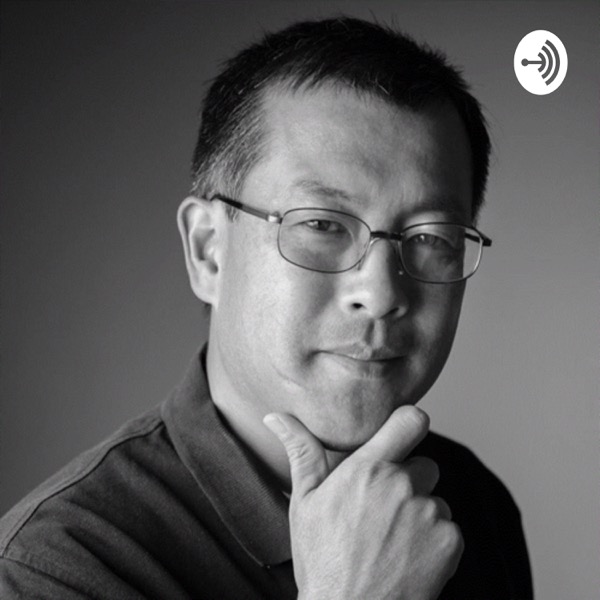Why does E=mc2
ML - The way the world works - analyzing how things work - A podcast by David Nishimoto

Categories:
Energy is conserved, "you can increase energy here, but you will have to lower it there". Raw mass provides a potential source of energy. Energy can be in the form of mass or kinetic energy. E = mc^2 + 1/2 mv^2 suggests that 1/2 mv^2 is the kinetic energy of the moving mass. Energy, mass, and momentum combine into a single spacetime object. Space and time can not be thought of as separate entities. At Brookhaven on a 14 meter ring a muon should make 15 laps, but in reality it completed 400 laps, a factor of 29, or 60 microseconds. Solving of lamba lamba= 1 / sqrt(1 - (v/c)^2) = 1 / sqrt(1-(.9994)^2) = 28.87 or 29 The prediction is that the muon should live 29 times longer than a muon that is still because of its kinetic energy and speed. The Large Electron Positron Collider (LEP) managed to make over 20 million Z particles through electron/positron collision. Z particles are not stable and last 10 pow –25 seconds before dying. Z particles sometimes decay to produce an electron and positron pair and other times a quark and anti-quark pair and sometimes a muon and anti-muon pair and electron/positron and tau and anti-tau pair. Gauge symmetry lies at the heart of the standard model. Gauge symmetry requires that the standard model be massless. Abandoning gauge symmetry is not an option. The explanation of mass must be a Higgs field that surrounds all space and a Higgs mechanism where particles interacting with the field are given mass. Photons acquire no mass. The Higgs mechanism interacts with quarks and leptons but not photons. The Higgs field has a particle called the Higgs boson. The Higgs field is not zero, it is always present around space. Gluons have no mass and are not affected by the Higgs field. The Higgs particles mass should lie within the range of the know masses of the W particle and the top quark. The Large Hadron Collider is expected to have enough energy to create the Higgs Boson. Protons are accelerated and kinetic energy transferred giving the protons 7,000 times their mass. Proton is two up quarks and one down. The Higg particle can interact with two top quarks or with two heavy W and Z particles. The two protons collide and emit a W or Z particle and these two particles fuse together to form a Higgs particle. The process is called weak boson fusion. Top quarks do not exist inside of a proton. Top quarks interact with lighter quarks through the strong force mediated by emitting and absorbing gluons. Two protons smash and emit two gluons that combine to form a top quark that produces a Higgs boson. This is called Top quark production or gluon fusion. How do W and Z particles help make the Standard Equation work? Photons have no mass and the Higgs Field/Mechanism does not interact with the photon. W and Z bosons are a part of the Standard equation and represent the Weak Nuclear Force. W represents the positive and negative force and Z represents the neural force W and Z. Why don't Photons have mass? Photons are energy or a wave and cannot interact with the Higgs field. Photons interact with charged fields.
